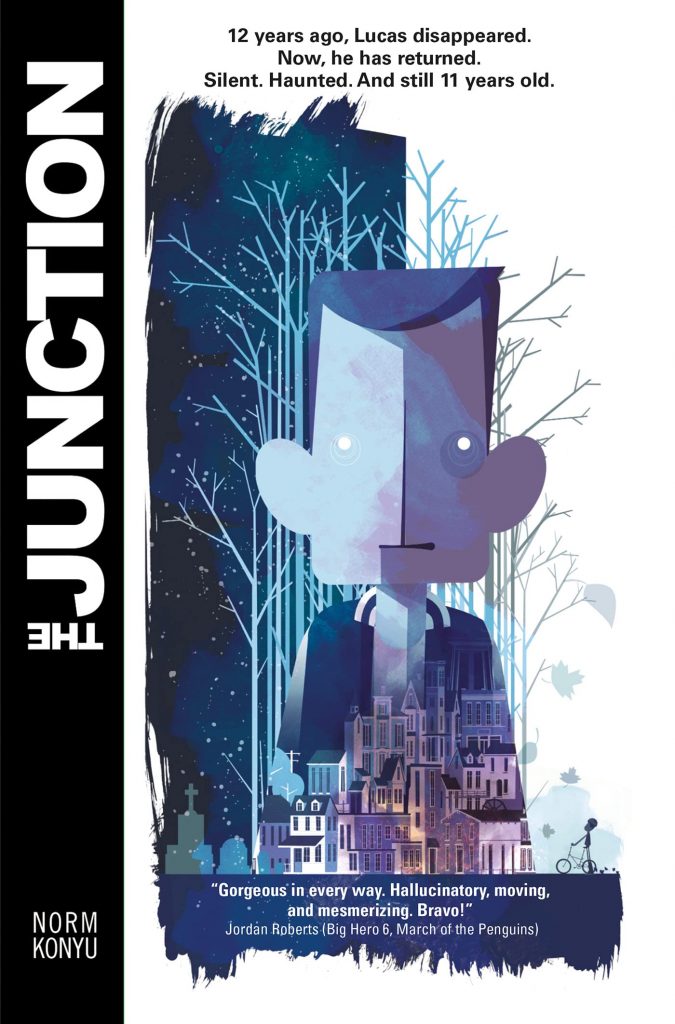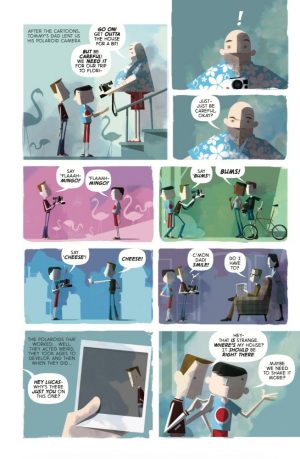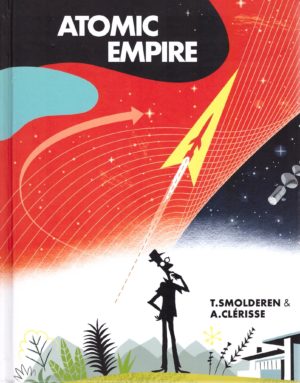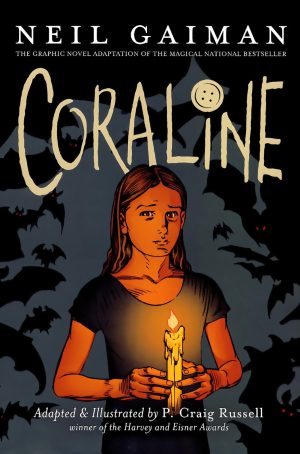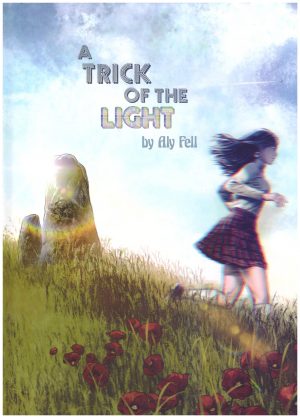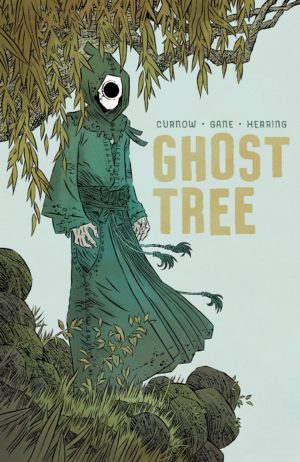Review by Karl Verhoven
The Junction begins with a mystery. Lucas Jones disappeared in 1984. When he’s next seen in 1996 he’s not aged a day. He remains eleven years old. How? Well, Norm Konyu has a yarn to spin…
It’s a two-thread yarn, the starting point being in the present of 1996 as police and relatives attempt to cope with Lucas’ return, wondering if it is really him, and the second thread is his journal. This features throughout the book, telling of a life in Kirby Junction, a town that doesn’t exist, but is to all intents and purposes similar to Medford, where he did live. However Lucas keeps experiencing strange events, like his father talking to a voice coming from the well, tourists asking for places that don’t exist in town, and new locations popping up overnight. Most disturbingly for readers prone to put two and two together, Lucas has panic dreams: “there was a car in the water, falling… falling… falling… and I was there with it going down… down… down into the darkness”.
Konyu’s primary trade is animation, and he rolls out Lucas’ story via shape-led artwork with blocks of colour ensuring there’s a depth. The people are equally simple, but the story is definitely not. Connecting points between one reality and another are increasingly dropped, and the effect is to have anyone reading drawn into the investigation alongside Medford’s Police Chief. That’s not the whole point, though, and if following clues proves frustrating, The Junction can be equally enjoyable for letting the art and other-worldliness wash over and envelop.
What The Junction becomes is very different from initial presumptions, with accumulated memories becoming greatly important. Despite a disturbing subtext, a point is eventually reached that’s life-affirming, and a postscript set in 2006 is a perfect conclusion to a touching mystery. Once that mystery is revealed almost everything makes sense, although some dots still need to be joined. It’s a phenomenal accomplishment for someone producing their first graphic novel.
